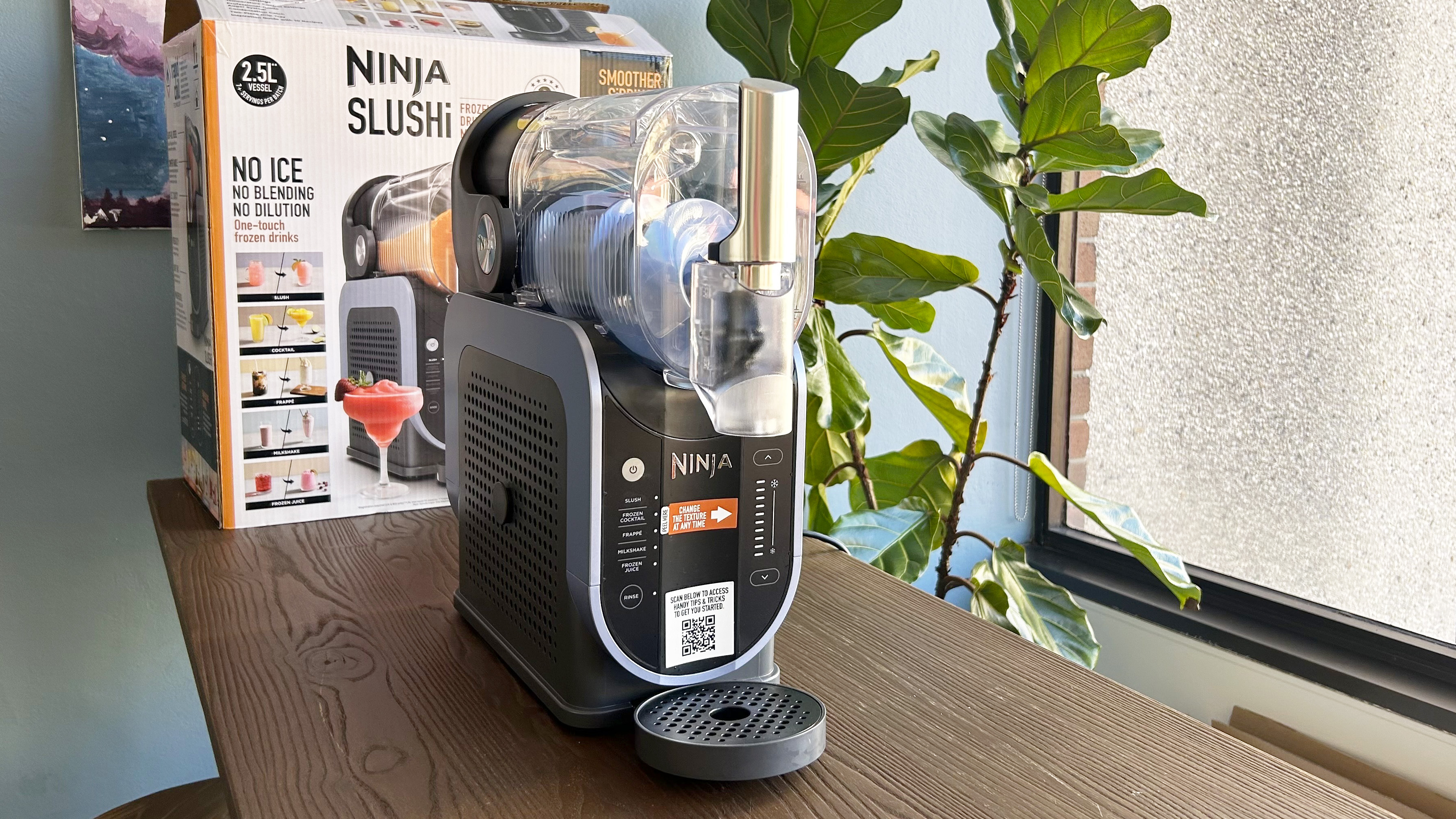I review printers for a living — here are 3 things to know to buy the perfect printer
Here's how to pick the perfect printer for you
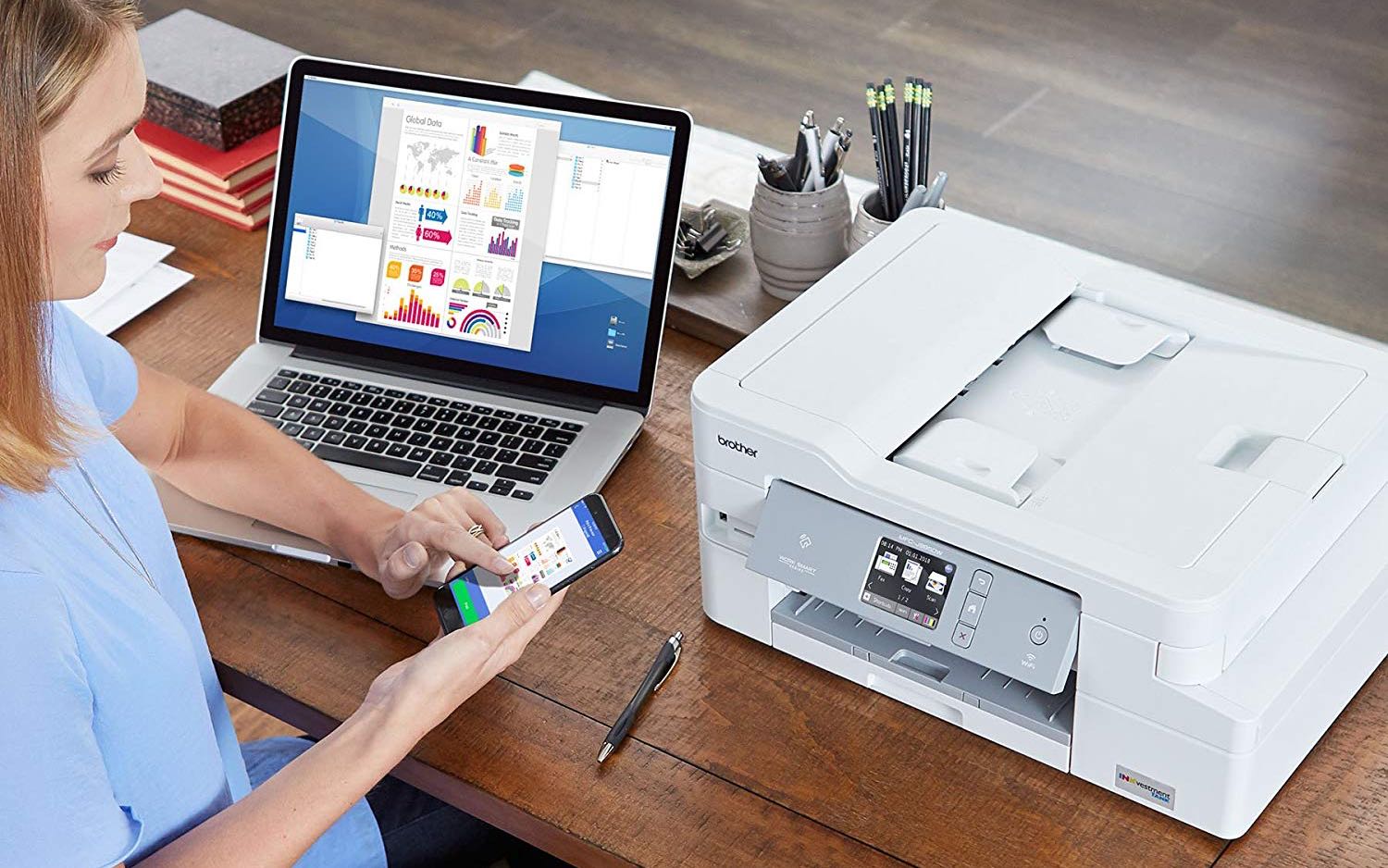
Printers come in a bewildering number of configurations, offering such a wide variety of features that it's easy to feel overwhelmed.
From inkjets to laser printers, photo printers and multi-function specials, there's a slew of intriguing options on offer that can present some major headaches when you're trying to find the right printer for your needs. But you can simplify the process.
As someone who's reviewed dozens of printers for Tom's Guide, I can help guide you through the steps of finding the perfect printer for you because I've tested and review them to determine which are the best printers on the market.
Before you buy a printer, ask yourself these three key questions to establish what's most important to you. You'll find what you need—at costs you can afford.
Inkjet vs laser
The first printer purchase decision is whether to go with an inkjet or laser model. This used to be an easy question to answer—color laser printers were too expensive for home users. But nowadays, more affordable models of the best laser printers can be worth considering if the bulk of your printing will be documents on plain paper.
Color or monochrome?
If you don't need color printing, a monochrome laser printer, such as the Brother MFC-L2750DW, can be a solid bet. But you'll want an inkjet if printing photos is part of the plan. Inkjet printers are the natural choice because liquid ink proves more versatile than powdered toner at reproducing subtle differences in color. Plus, inkjets offer borderless photo printing, which is rare among laser printers.
Sign up to get the BEST of Tom's Guide direct to your inbox.
Get instant access to breaking news, the hottest reviews, great deals and helpful tips.
More importantly, inkjets excel at photo prints on glossy paper and various other photographic paper finishes. Few color laser printers can print onto coated paper, and those that do rarely match the quality of an inkjet photo print. In addition to offering a much wider variety of photo paper choices, some inkjets can print on cloth or vinyl.
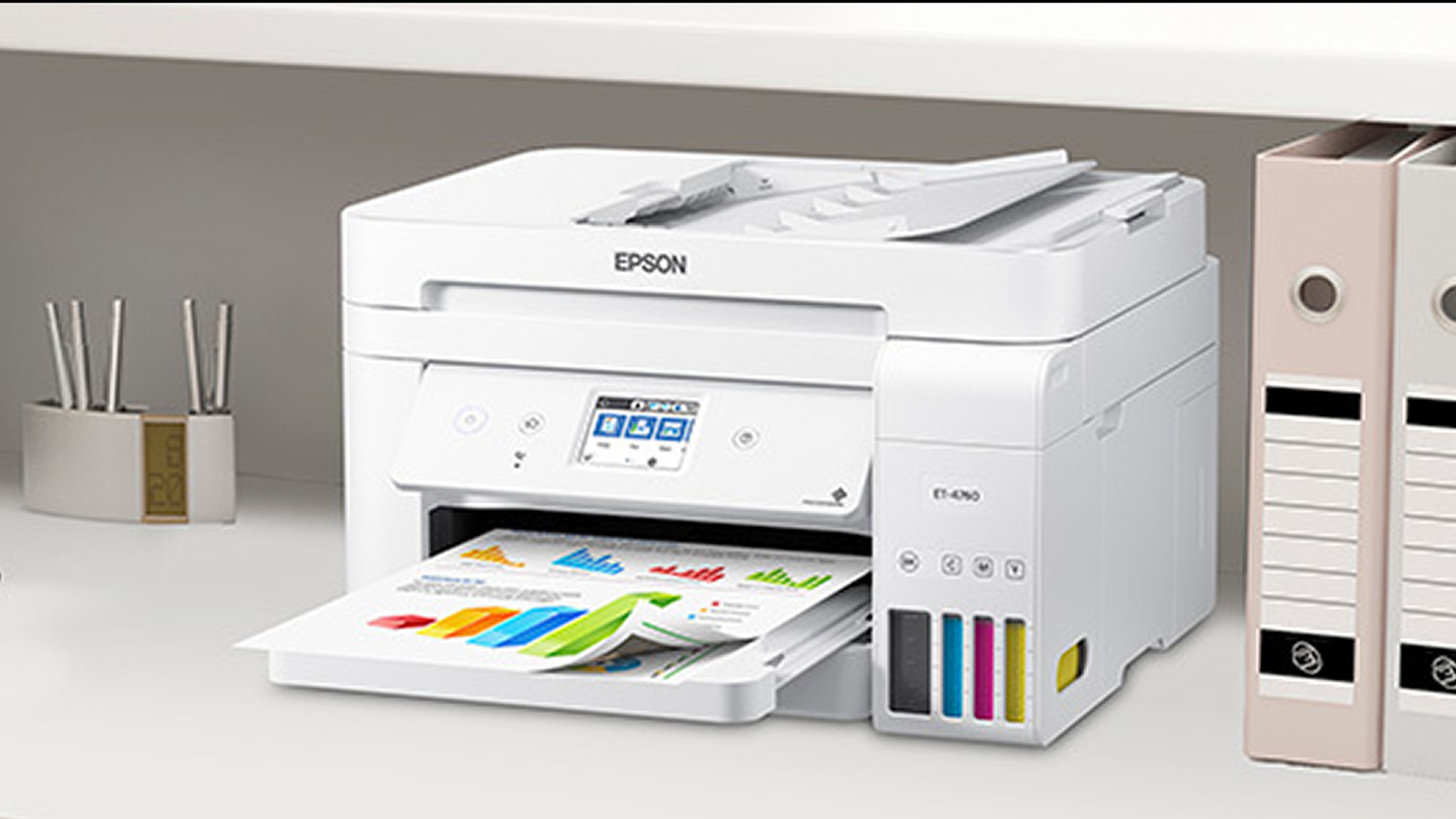
Right now we are seeing one of the biggest changes in inkjet printing technology—and it drastically reduces ongoing ink costs."
Printing text
Laser printers usually excel at printing text, which tends to come out sharper and darker than what many inkjet printers produce. While this is not true for every model, it's worth noting that this difference is more subtle today that it was in the past. (Twenty years ago I had both a monochrome laser printer and a color inkjet in my home office, but I would not say today that this is a best-of-both-worlds proposition).
Many current inkjet models print attractive text that is very competitive with a good laser printer. (Older inkjet models tended to produce lower-quality text prints.) Most likely, you won't notice the difference in sharpness nor bother to squint at the slightly less distinct text edges of high-quality inkjet prints.
Another bygone assumption is that laser printers are faster than inkjets. Current inkjet printers (some of them business-centric) are more than adequately fast for a workgroup in a busy office.
Print costs
So, what of ongoing costs? Inkjet printers—particularly cheap models—have a reputation for draining wallets by way of expensive ink cartridges with high costs per page. For example, inkjet printers we've tested use 6.2 cents worth of ink when printing a text page, even when using their high-yield cartridge. And, printing a color page costs 15.9 cents.
But this is changing. Luckily, right now we are seeing one of the biggest changes in inkjet printing technology—and it drastically reduces ongoing ink costs. Canon, Epson, and HP all offer models with refillable ink tanks. Ink is delivered in bottles, and you pour the ink into reservoirs corresponding to the ink color. This means that contrary to a traditional ink cartridge, which includes anywhere from dozens to hundreds of ink nozzles, these ink nozzles are now inside the printer on a permanent printhead that deposits ink droplets onto the paper.
Similarly, Brother makes printers with slide-in ink cartridges that are different than traditional ink cartridges. They don't include a printhead and sit inside the printer where they travel back and forth during the printing process. They sit stationary in a bay. The printhead is now a separate and permanent part inside the printer.
These new designs deliver very low ink costs. Costs per page for the Epson EcoTank ET-470 are just 0.3 cents (text) and 0.9 cents (color). Similarly, the very high-yield ink cartridges in the Brother MFC-J4535DW offer costs per page of 1.1 cents (text) and 6 cents (color).
These models do cost more up-front than a typical bargain inkjet. So, do the math based on your estimated print volume to make sure you'll recoup the extra expense in a reasonable amount of time.
One last consideration if you're still considering a laser printer: An inkjet printer uses an estimated 16-50 watts of power while printing, while a laser printer requires anywhere from 300 to 1,500 watts.
We think the best printer overall — which happens to be a color inkjet printer — is the Brother INKvestment MFC-J995DW. If you're looking for a black-and-white laser printer, our top pick is the Brother MFC-L2750DW XL.
Is Multi-Function Right for You?
Having copy and scan capabilities is enticing, and multi-function printers offer a lot in this department. Also known as all-in-ones, some of these multi-talented devices offer a document feeder for copying and scanning multi-page documents. Some offer a duplexer for two-sided printing (as do some single-function printers). Less common is two-sided copying, which saves you the trouble of manually re-inserting a two-sided original in the automatic document feeder (ADF) to reproduce it. This is accomplished by simultaneously scanning both sides sides of the paper as it's drawn through the ADF.
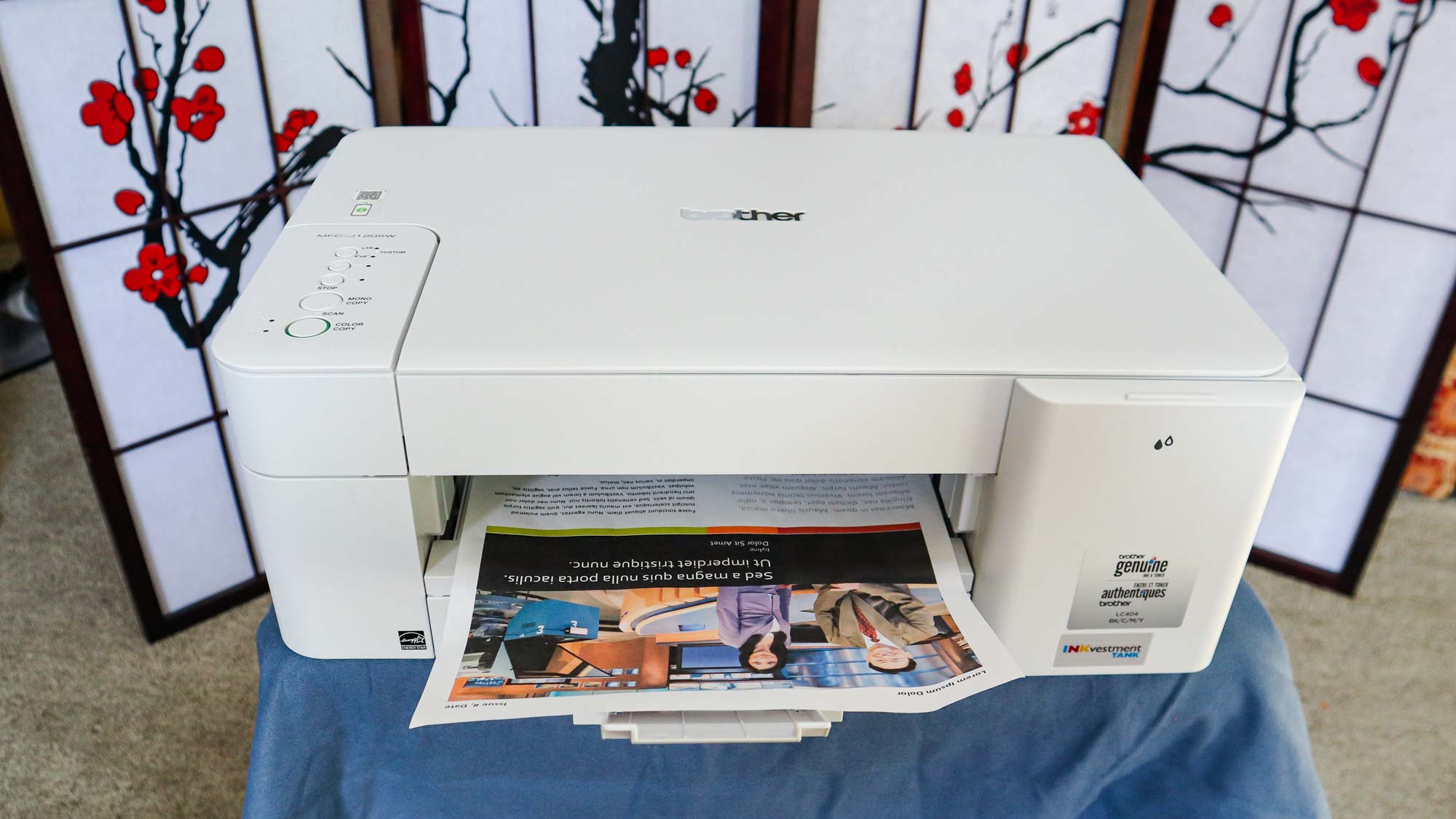
So, why wouldn't you want it all? For one, if you'll rarely use it, there's no need to pay extra for a feature you don't really need. Moreover, you need to be careful of budget models that may not perform well at some of these more sophisticated tasks.
For example, although many models perform acceptably well on many tasks, we've reviewed models that turned in subpar quality or speed on particular tasks. Some models produced only fair quality two-sided copied although single-sided copies looked fine. Others stumbled when copying multipage documents through their ADF, producing crooked or fuzzy-looking facsimiles. Some models end up being very slow to scan a photograph at high resolution or to scan to PDF format. Still others have issues with their auto crop feature in their scanning software, and you get just a portion of the original image.
A shortcoming like this doesn't hamper the performance of most models, but it is common enough that you should be wary when evaluating what promises to be the Swiss Army knife of your home office.
Do You Love Fantastic Photo Prints?
If you love photography and want to make beautiful prints of your creations, be bold and get a photo-centric printer. To make photo prints really pop, photo printers employ additional dye-based ink colors beyond the standard four of cyan, magenta, yellow and black. Some models employ an additional blue, red, gray or black ink, for example, to expand their color gamut. The second black ink is pigment-based, primarily for printing text on plain paper, while the dye-based black is primarily for photo printing.
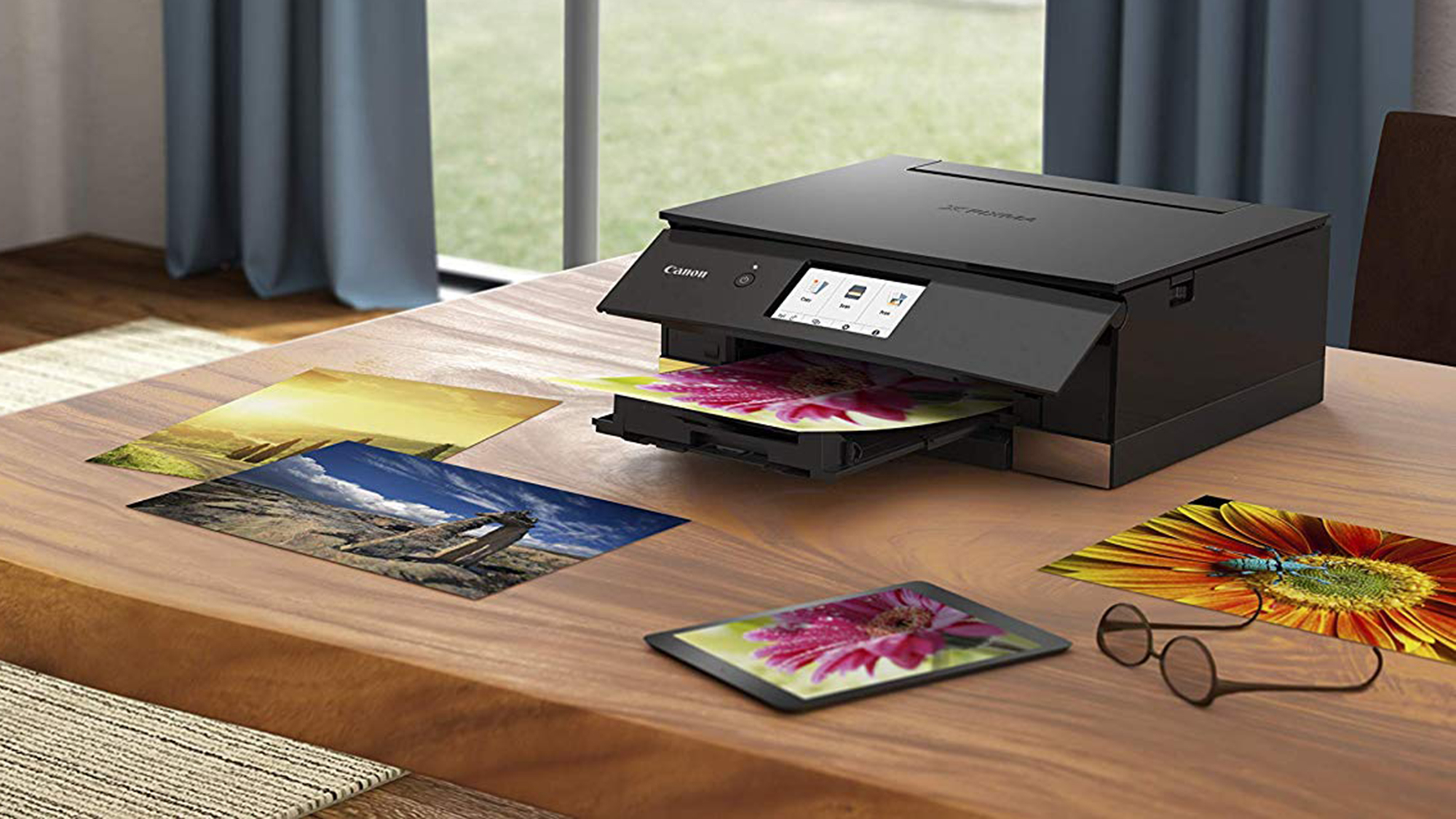
Some photo printers offer more than one paper tray so you can keep multiple paper sizes loaded. Many photo printers go beyond letter-size paper and can make prints on photo papers up to 11 x 17 inches, or to wide format up to 13 x 19 inches. And, as with standard models, photo printers with refillable ink tanks have come to market, such as the Epson EcoTank Photo ET-8500 All-in-One and the Canon Pixma G620 Wireless MegaTank Photo Printer. Both models use six inks. The Canon employs a red and a gray in addition to the standard CMYK. The Epson adds a photo black and a gray.
These inkjet photo printers still print everyday documents on plain paper that a more generic model will. You don't have to give up basic print utility for the exceptional photo print capability.
How About Snapshots Only?
On the other hand, if you don't need to print documents on plain paper at all—and don't plan to ever make big photo prints—get a compact photo printer. These printers make 4 x 6-inch snapshot prints or smaller. These nifty little printers are portable, battery-powered, and print wirelessly from your phone (via an app), camera, or PC. There are two primary technologies to choose from.
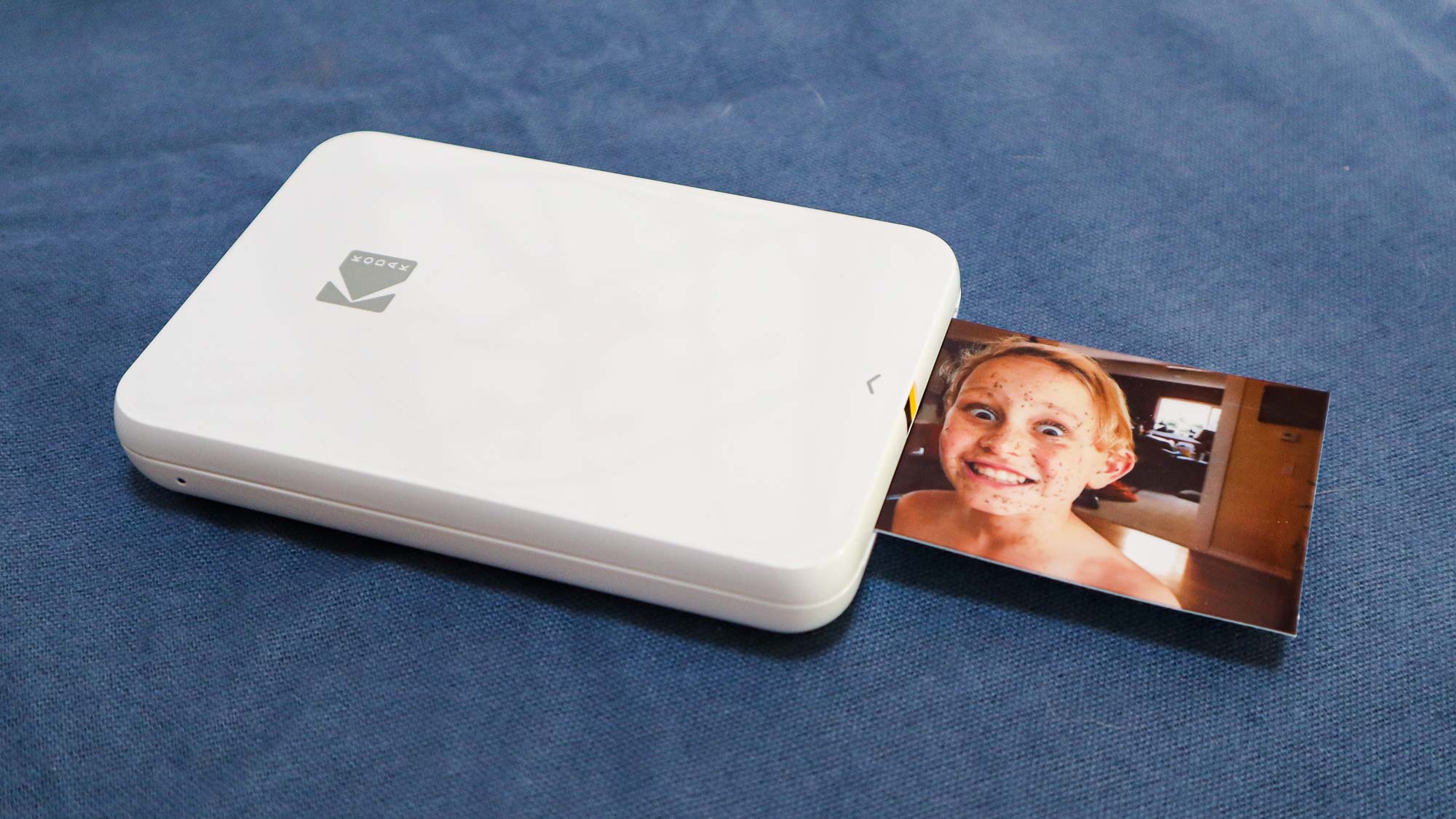
The first is dye-sublimation, such as the Canon Selphy series of printers. The Canon Selphy CP1500, for example, prints on sizes up to 4 x 6 inches. The Kodak Instant Dock models print exclusively 4 x 6-inch snapshots.
If you want to go even smaller, you can pick up a Bluetooth-enabled printer that's almost as small as your smartphone. The Kodak Step Slim, for example, makes 2 x 3-inch photo prints. The printer's battery lasts up to 25 prints and uses what's called Zink technology: You only have to buy the specialty paper—no ink purchase required. Prints cost 43 cents each, which is the same cost for making a print twice that size (4 x 6 inches) on the Canon TS702a. Other Zink options include the HP Sprocket and the Canon ivy. These Zink printers fit in your hand and are small enough to slip into a jacket pocket.
And, lastly, you can wow your friends with this novelty—a camera that does the printing itself. The Polaroid Zink Mint Instant takes photos and prints them to 2 x 3-inch sticky-backed paper. It comes in five colors: blue, black, yellow, red and white. Another multitalented option is the Kodak Mini series, which offers models specializing in either 2.1 x 3.4-inch prints or 3 x 3-inch square prints.
As with any printer, check the reviews. The novelty of a portable printer and its miniature prints can wear off if the print quality is subpar.
With this advice in hand, you're well on your way to choosing the perfect printer for your needs.
More from Tom's Guide
- How to find the best cheap printer money can buy
- My favorite new to Netflix movies that you should watch
- These are the best Canon printers around right now
More from Tom's Guide
- AI-powered thermal cameras could be used to crack your passwords
- DarkBert AI was trained using dark web data from hackers
- These AI-generated YouTube tutorials are spreading dangerous malware
More from Tom's Guide
- AI-powered thermal cameras could be used to crack your passwords
- DarkBert AI was trained using dark web data from hackers
- These AI-generated YouTube tutorials are spreading dangerous malware
More from Tom's Guide
- AI-powered thermal cameras could be used to crack your passwords
- DarkBert AI was trained using dark web data from hackers
- These AI-generated YouTube tutorials are spreading dangerous malware
More from Tom's Guide
- AI-powered thermal cameras could be used to crack your passwords
- DarkBert AI was trained using dark web data from hackers
- These AI-generated YouTube tutorials are spreading dangerous malware
More from Tom's Guide
Eric Butterfield is a freelance writer and musician from California. His work has appeared in PC World magazine, CNET, Taproot, and Alter Action — plus Tom's Guide, of course — while his music has appeared in more than 260 TV show episodes for major networks such as NBC, Hulu, BBC America, and more. You can check out his work on Spotify.
